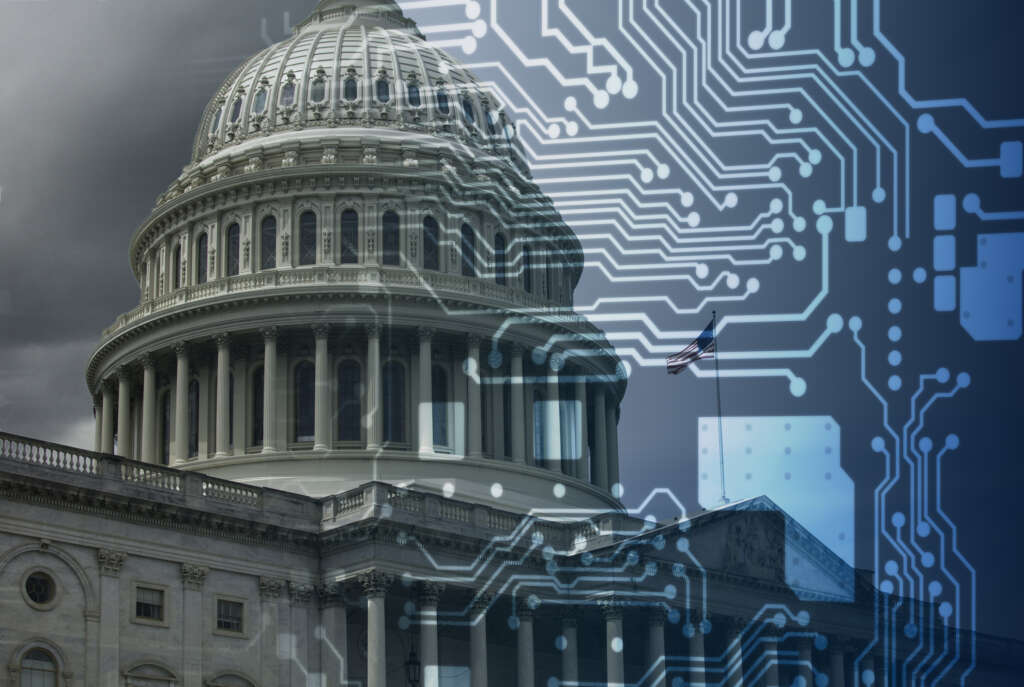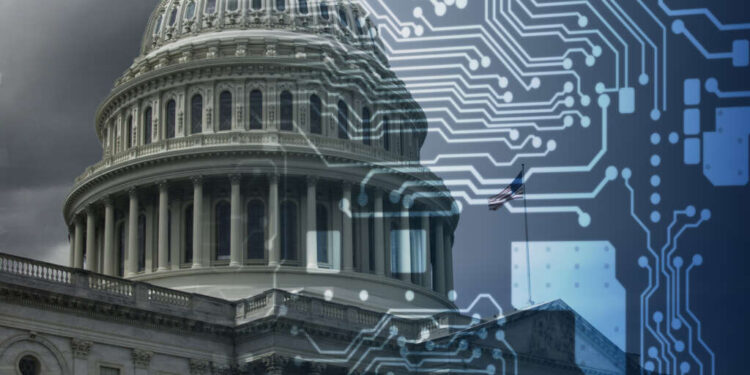
Director of National Intelligence Avril Haines says the intelligence community will a take “systemic, strategic, whole-of-IC approach” to expanding its work with private companies.
The effort is spurred by what Haines described as a deepening and urgent need for the intelligence community to access insights in areas ranging from artificial intelligence and cybersecurity to space and rare earth supply chains.
In a Tuesday address at the Intelligence and National Security Summit in Bethesda, Md., Haines highlighted more than a dozen new and ongoing initiatives aimed at bolstering ties between the intelligence community and the private sector.
Haines said performance evaluations for intelligence officers in the future will include an objective specifically focused on fostering private sector engagement.
The Office of the Director of National Intelligence is also training a “cadre of professionals” focused on downgrading classified information so it can be shared with companies, she said.
And ODNI is developing guidance for how the intelligence community can better communicate with external partners. The policy will focus on “one-time read-ins and developing a library of products cleared for the private sector and academia, some portion of which will be made public,” Haines said.
ODNI has established an “Office of Partnership Engagement” to lead the intelligence community’s private sector initiatives.
“There is no question that certain industries now wield substantial geopolitical influence, and as the threat landscape has diversified and power has become more diffuse, so has the potential impact of the private sector’s work,” Haines said. “This makes it crucial that we better understand developments in the private sector, as well as the overall balance of competitive strength and security within key sectors.”
Haines add that intelligence agencies would aim to incorporate both the private sector and academia “into practically every aspect of our work within the IC, establishing a culture of responsible risk acceptance that encourages engagement, a culture that promotes the sharing of information in support of our efforts to improve our collective insights address threats, and facilitate a far deeper exchange of ideas.”
Many of the initiatives are focused on getting intelligence analysts to work more closely with companies in key sectors like space, artificial intelligence and cybersecurity. For instance, ODNI plans to expand its new “public-private talent exchange.” The initiative allows intelligence officers to do rotational assignments at private companies.
Haines said the expansion will be led by the Department of Homeland Security’s Office of Intelligence and Analysis.
“The first phase of this is an expansion of the current and unclassified analytic exchange program in scale and scope, while simultaneously evaluating opportunities to conduct analytic exchanges that include classified information, which we know will take some time, but is absolutely worth it,” Haines said.
New acquisition guidance, OTA policy
ODNI is additionally working on acquisition guidance that will detail how agencies can sponsor sensitive compartmented information facility (SCIF) space for contractors. The lack of SCIF space is often highlighted as a barrier to new companies working with the IC. Haines said the new acquisition guidance will allow agencies to work with “key industry partners.”
The guidance will build on “SCIF access program pilot” initiated by the National Geospatial-Intelligence Agency and the National Reconnaissance Office. Haines said ODNI will study how agencies can leverage SCIF spaces run by DHS and the FBI in “key innovation hub areas.”
ODNI also recently issued new guidance for using Other Transaction Authority, which Haines said “offers greater flexibility for IC elements to develop programs that leverage technological innovation.”
And ODNI will soon start offering acquisition professionals an “emerging technology curriculum” as well. The first courses will begin this fall, Haines said.
The curriculum will “familiarize the acquisition workforce with the unique business considerations of emerging technology companies and the full spectrum of available acquisition authorities to integrate and scale innovative technology,” she added.
Intelligence community tech protection efforts
Highlighting the need to protect key sectors from foreign threats, Haines said she has directed the National Counterintelligence and Security Center to establish a “pilot joint threat assessment team.” The “JTAT” will be modeled after the Joint Counterterrorism Assessment Team.
“The new pilot will similarly be focused on improving information sharing with key private sector and academic research and scientific institutions that are subject to intelligence and security threats, in coordination with FBI and DHS,” Haines said. “The JTAT will collaborate with other members of the IC to research, produce and disseminate intelligence and security threat information for private sector entities within prioritized technology sectors, and to advocate for the intelligence requirements and needs of those institutions.”
Haines’ comments comes after the NCSC released a new “National Counterintelligence Strategy” in August. The strategy calls for, among other priorities, protecting critical technologies and critical infrastructure, as well as reducing risks to key U.S. supply chains.
Copyright
© 2024 Federal News Network. All rights reserved. This website is not intended for users located within the European Economic Area.







